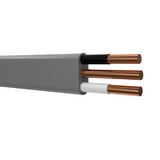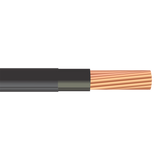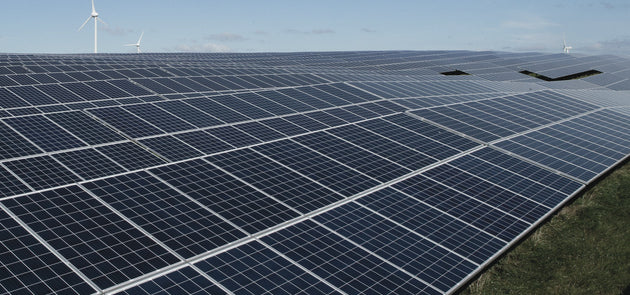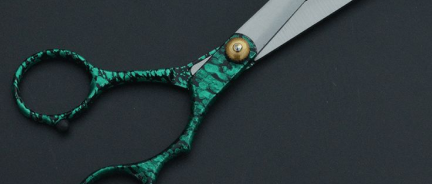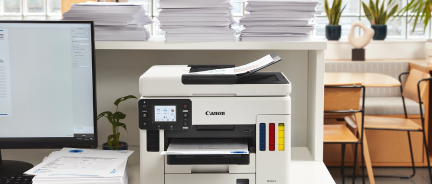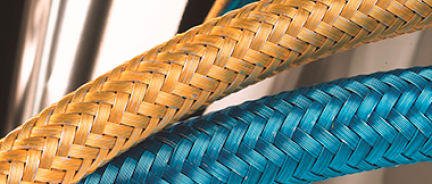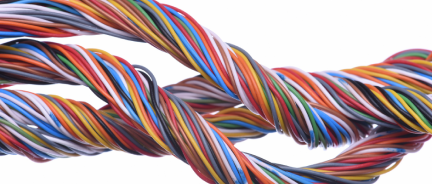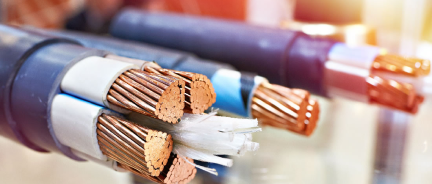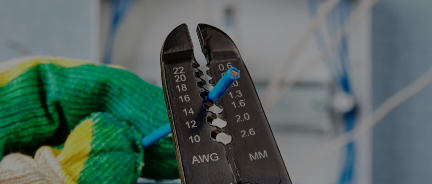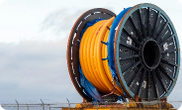How Much Does a 20-Amp Circuit Breaker Cost?
The cost of a 20-amp circuit breaker depends on how well it protects the circuit and compatibility with a specific panel brand like Square D, Siemens, or Eaton. Prices typically range from $3 to over $70, depending on the features of a specific model.
How Much Should You Expect to Spend?
Here's a breakdown of the most common 20A breaker types:
-
Standard single-pole breaker: $3–$10
Basic protection for general-purpose indoor use.
-
Standard double-pole breaker: $10–$30
Designed for 240V appliances like dryers and water heaters.
-
AFCI (Arc Fault Circuit Interrupter): $25–$60
Required for bedroom and other living space circuits in many residential areas.
-
GFCI (Ground Fault Circuit Interrupter): $25–$60
Used in kitchens, bathrooms, laundry rooms, basements, and outdoor areas.
-
Combination AFCI/GFCI breaker: $35–$70
It combines arc fault and ground fault protection, which is often used where code requires both, like finished basements or laundry circuits.
-
Breakers from original panel manufacturers (e.g., Square D, Siemens, Eaton): $10–$70+
These typically cost more than generic alternatives due to guaranteed compatibility with the panel and higher manufacturing standards.
When Do You Need a 20-Amp Breaker?
A 20-amp breaker is used for circuits that carry a moderate electrical load. It's one of the most common sizes found in residential panels and is typically used for:
-
General-purpose outlets
-
Lighting circuits
-
Bathroom and kitchen receptacles
-
Laundry room appliances
When Are AFCI, GFCI, or Combination Breakers Required?
To stay compliant with the NEC (National Electrical Code), you'll need to select an NEC-compliant breaker:
-
AFCI (Arc Fault Circuit Interrupter):
Required in most living areas, including bedrooms, living rooms, dining rooms, and hallways. A 20A AFCI breaker is used on outlets or lighting circuits to reduce fire risk from arc faults.
-
GFCI (Ground Fault Circuit Interrupter):
Needed in wet locations like bathrooms, kitchens, garages, basements, laundry rooms, and outdoor areas. GFCI breakers protect against shock hazards.
-
Combination AFCI/GFCI Breakers:
Used where arc and ground fault protection are required together, such as in laundry rooms, finished basements, or kitchens.
Top Circuit Breaker Brands to Know
Not all breakers are interchangeable; they must match your panel brand. Here are four of the most popular circuit breaker brands:
1. Square D
The QO line has a visual trip indicator. Homeline (HOM) is a more affordable option for residential use.
2. Siemens
QP breakers are widely available and easy to work with. Plug-on neutral versions make installation faster and cleaner.
3. Eaton
BR breakers are basic and cost-effective. CH breakers offer stronger clips and a lifetime warranty.
4. GE
THQL breakers are a solid fit for older GE panels. Simple, dependable, and easy to install.
⚠️ Reminder: Always match the breaker brand to your panel. Mixing brands can lead to poor connections or safety issues.
Why Prices Vary So Much
Several factors influence the cost of a 20A breaker:
-
AFCI and GFCI breakers cost more than standard models.
-
Premium brands like Square D QO and Eaton CH tend to cost more as they are more reliable
-
UL-listed breakers are tested to stricter safety standards.
-
Some setups require specialized breakers (like plug-on neutral), which raises the price.
Types of Cables Used with 20-Amp Circuits
-
12/2 NM-B (Romex): For dry, indoor residential wiring.
-
12/2 UF-B: For outdoor or underground use (direct burial).
-
12 AWG THHN in conduit: For garages, basements, or exposed runs.
- 12/2 MC Cable: Common in commercial buildings and exposed indoor areas.




